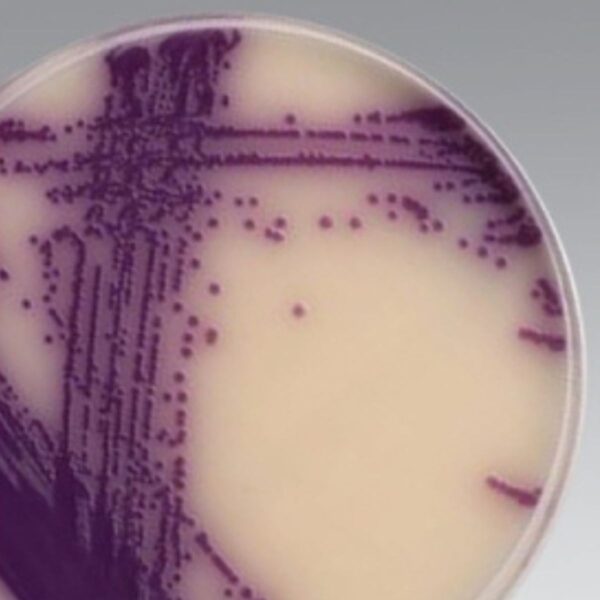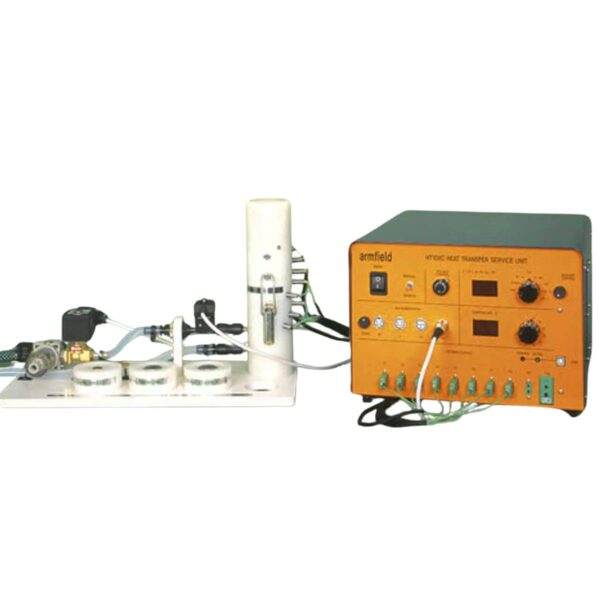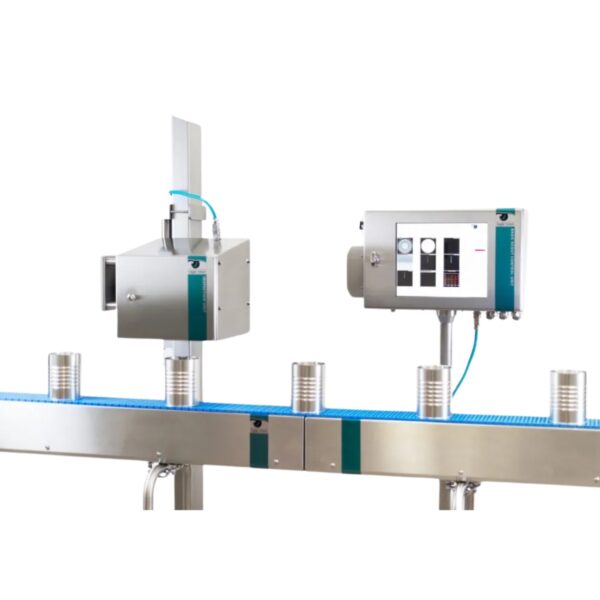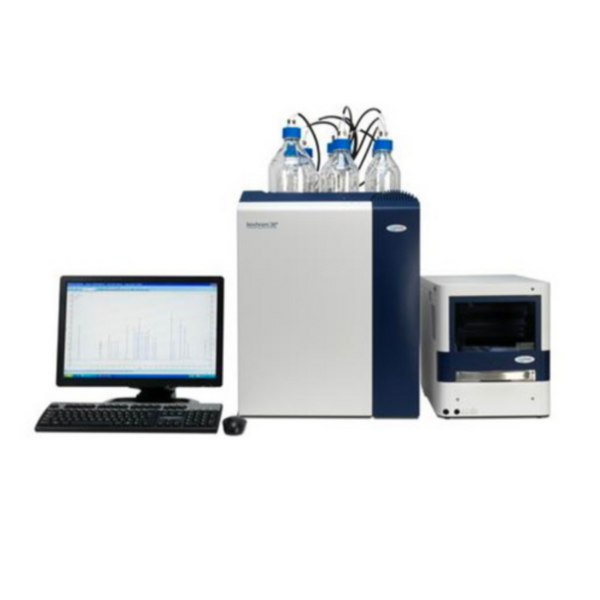Thermo Scientific™ – Microbiology – Dehydrated Culture Media (DCM) Standard Packs
Protect the quality and safety of your finished products with a vast selection of high quality base products, supplements, and special blends, including a wide range of animal-free formulations.
All of our dehydrated media are tested for quality and performance before, during, and after manufacturing to make sure our finished product meets the needs of your finished product.
Featured Products

Test for Salmonella species in chocolate products with ease and reduce time to results using Thermo Scientific™ Cocoa Sample Recovery (CSR) Broth. This novel, single-step enrichment medium is designed to recover and grow low levels of stressed Salmonella from raw materials and interim products, such as cocoa powder, liquor, mass and butter, as well as finished chocolate products.
| Format | Powder |
| Manufacturing Origin | UK |
| Quantity | 500 g |
| Type | Broth Media |
The innovative formulation of CSR Broth not only enables faster recovery and growth of Salmonella, but also neutralizes the PCR-inhibiting properties commonly associated with these types of samples.
- Fast results: optimized formulation enables enrichment in 20 hours, compared to traditional methods that can take up to 39 hours, reducing time to result and streamlining your workflow
- Proven performance: tested on some of the most challenging cocoa-containing ingredients and finished chocolate products, this novel formulation reduces the bactericidal effects of polyphenols often found in cocoa and chocolate products, providing an optimized environment for recovery and growth of microorganisms
- Versatility: maximize your detection by using before culture, immunological or PCR methods for maximum efficiency and detection

Selectively isolate Salmonella species from food samples with Thermo Scientific™ Muller-Kauffmann Tetrathionate-Novobiocin Broth (MkTTn) for food testing in compliance with ISO 6579:2002.
| Color | Straw |
| Fill volume | 500g |
| Format | Poweder |
| Packaging | Plastic bottle with red cap |
| Storage Requirements | 10-30°C |
| Type | Broth Media |
Muller-Kauffmann Tetrathionate-Novobiocin Broth was developed by Muller1 and later modified by Kauffmann234 with the addition of ox bile and brilliant green to improve selectivity. The addition of novobiocin at 40mg per liter was later described by Jeffries5 to improve inhibition of Proteus species. A selective enrichment medium for the isolation of Salmonella, the formulation conforms to ISO 6579:20025. Presumptive Salmonella should be confirmed using appropriate biochemical and serological techniques. For the complete method, please refer to ISO 6579:20021.

Thermo Scientific™ Brilliance Salmonella Agar Base is a chromogenic medium (formerly OSCM II) for isolation and presumptive identification of Salmonella spp. from food samples.
| Format | Powder |
| Packaging | Each |
| Quantity | 500g |
| Type | Media |
| Yield | For 9.3L medium |
An Inhibigen compound is comprised of two components, combined together by a bond that can only be cleaved by a specific enzyme. When bound together, the inhibitor compound is not toxic and, therefore, can exist in a medium without harming micro-organisms. Once inside the cell, the bond will be cleaved if the target enzyme is present. When the bond is cleaved, the inhibitor molecule is released and disrupts cell wall synthesis, causing death of the organism. As cells die and lyse, free inhibitor is released but cannot be taken up by other cells, resulting in targeted inhibition. The Inhibigen in Brilliance Salmonella Agar targets Escherichia coli. Novobiocin and cefsulodin, presented as a freeze-dried supplement (SR0194), are added to the medium to inhibit the growth of other competing flora such as Proteus spp. and Pseudomonas spp.
Differentiation of Salmonella from the other organisms that grow on Brilliance Salmonella Agar is achieved through the inclusion of two chromogens that also target specific enzymes: caprylate esterase and β-glucosidase. Caprylate esterase is an enzyme present in all samonellae as well as some species of Klebsiella, Enterobacter and Proteus. Organisms possessing caprylate esterase cleave the chromogen to release an insoluble purple chromophore. As the cells grow, the chromophore builds up and produces a purple-coloured colony. Some Enterobacteriaceae, including Klebsiella and Enterobacter but not Salmonella, possess β-glucosidase2. If these organisms grow, they will form blue or dark blue colonies, even if they are esterase positive, which make them easy to differentiate from purple Salmonella colonies.
Other Products
- Selenite Broth Base (Lactose) (Dehydrated)
- Enterobacteria Enrichment Broth (Dehydrated)
- MRS (ISO) Agar (DeMan, Rogosa and Sharpe) (Dehydrated)
- Brilliance™ UTI Clarity™ Agar (Dehydrated)
- Oxoid™ Buffered Listeria Enrichment Broth
- Alkaline Saline Peptone Water (ISO) (Dehydrated)
- Dichloran Rose-Bengal Chloramphenicol (DRBC) (ISO) Agar Base (Dehydrated)
- 24 Listeria Enrichment Broth (24 LEB) (Dehydrated)
- Baird-Parker Agar (ISO) Base (Dehydrated)
- Columbia Agar Base Medium
- Selenite Cystine Broth Base (Dehydrated)
- Mueller Hinton Agar
- Pre-supplemented Dichloran Rose-bengal Chloramphenicol (DRBC) (ISO) Agar (Dehydrated)
- Chromogenic Listeria Agar (ISO) (Dehydrated)
- Schaedler Anaerobe Agar (Dehydrated)
- Chromogenic UTI Medium (Clear) (Dehydrated)
- Modified Semi-solid Rappaport Vassiliadis Agar (ISO) (Dehydrated)
- Pre-supplemented Dichloran-Glycerol 18% (DG18) (ISO) Agar Base (Dehydrated)
- Liver Broth Culture Medium (Dehydrated)
- Membrane Lactose Glucoronide Agar (MLGA) (Dehydrated)
- Chromogenic Coliform Agar (Dehydrated)
- Oxoid™ Lysine Decarboxylase Broth Tablets
- Reinforced Clostridial Agar (RC Agar) (Dehydrated)
- Sabouraud Dextrose Agar (Dehydrated)
- Violet Red Bile Glucose (VRBG) Agar (ISO) (Dehydrated)
- Minerals Modified Glutamate Medium (Dehydrated)
- XLT-4 Agar
- Reinforced Clostridial Medium (RCM) (Dehydrated)
- Muller-Kauffmann Tetrathionate-Novobiocin Broth (MkTTn)
- Alkaline Peptone Water (Dehydrated)
- Violet Red Bile Lactose Agar (VRBL) (ISO) (Dehydrated)
Key Industries
- Aerospace
- Agriculture
- Automotive
- Biopharmaceutical and Biotechnology
- Chemical
- Construction
- Cosmetics & Personal Care
- Defense
- Die & Mould
- Education & Academics
- Electronics
- Energy
- Environmental
- Food & Beverage
- Luxury
- Machinery & Manufacturing
- Medical
- Mining & Minerals
- Oil & Gas
- Optical
- Paper & Wood
- Pharmaceutical
- Polymers, Plastics and Rubbers
- Powders & Pigments / Coating
- Railway
- Semiconductor, Solar & Electronics
- Service
- Textile
- Wholesale & Retail
More Products
Thermo Fisher Scientific is the world leader in serving science, with revenues of more than $24 billion and approximately 70,000…





